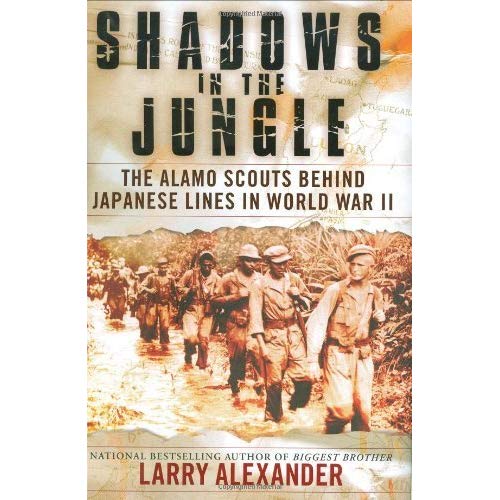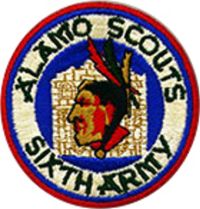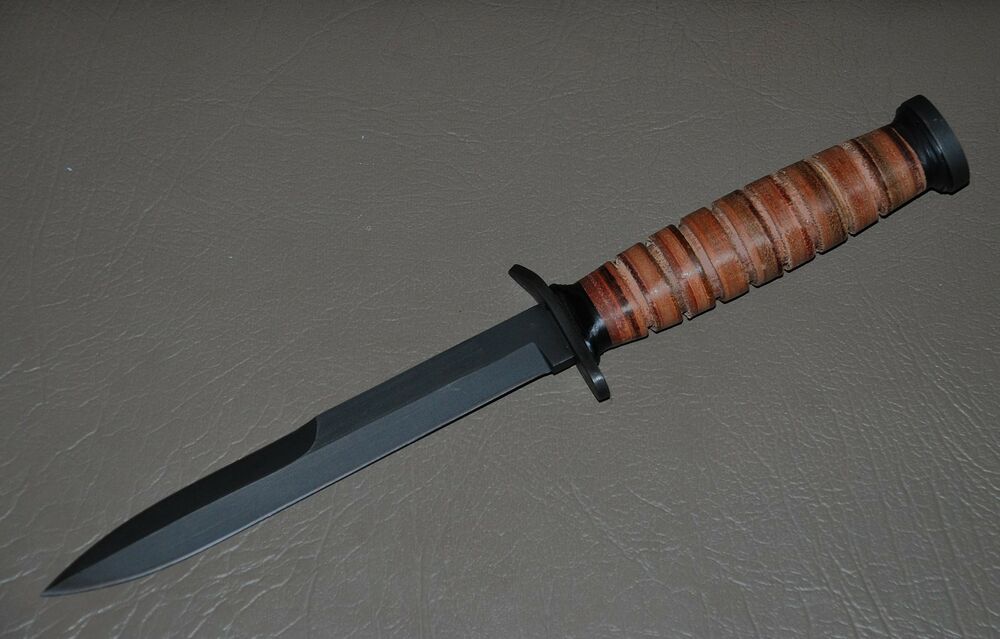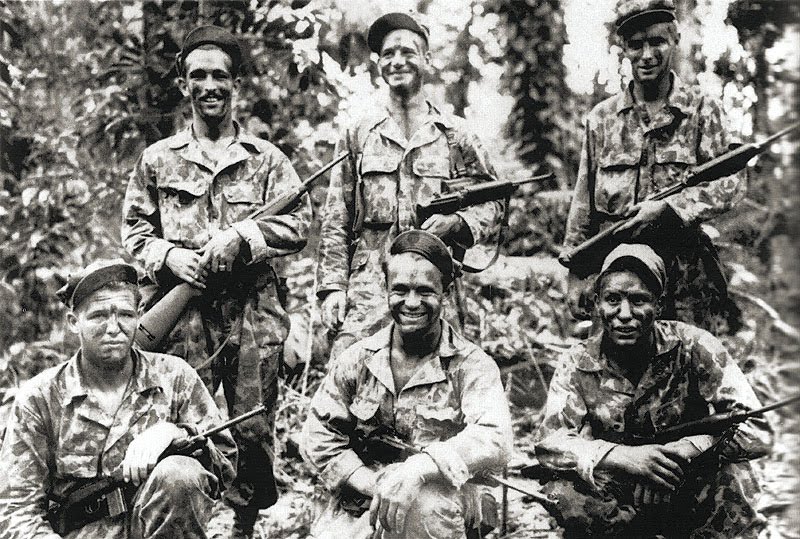World War II saw the introduction of various elite light infantry troops: paratroopers, British Commandos, U.S. Army Rangers, Marine Raiders, Fallschirmjager, Special Naval Landing Forces etc.

One unit that was unknown until recently was the Alamo Scouts. I first read of the Alamo Scouts in Hampton Sides’ Ghost Soldiers. They are mentioned being with the U.S. Army 6th Ranger Battalion in the liberation of Allied P.O.W.s from Cabanatuan Prison Camp on Luzon, Philippines in early 1945. William B. Breuer’s The Great Raid also mentioned them with just a little more information. Breuer’s MacArthur’s Undercover War gave a little more information on the Scouts and some of their exploits.

Larry Alexander’s Shadows in the Jungle is a full length book history of the Alamo Scouts. The Alamo Scouts were conceived in late 1943 by Gen. Walter Krueger, commander of the 6th Army in the South West Pacific. There was a need for intelligence gathering on Japanese strength, fortifications, heavy weaponry, and general disposition for the island hopping campaign. Operation Cartwheel was just starting up with the isolation of the Japanese bastion at Rabaul on the island of New Britain in the Bismarck archipelago just north of the island of New Guinea.
There had been an attempt with a combined Army-Navy reconnaissance team. That failed when the Navy virtually held the Army elements as prisoners after the first mission. Infuriated, Gen. Krueger created his own recon unit. The result was the Alamo Scouts.
Volunteers went through a six week training course of classes of 100. Some were retained for Alamo Scout Teams, others sent back to their original units for use at the battalion, regiment, or division level.
They were six man teams with the mission to sneak into an area for one or two days, gather information and make maps, and then exit. They were not to get into firefights unless absolutely necessary.
Weaponry included mostly Thompson submachine guns and the paratrooper version of the M-1 carbine with the pistol grip and folding wire stock. All team members also carried M1911 pistols, and “trench knives.” The trench knives were probably not WW1 type stilettos with knuckle guards but probably M3 knives. They were trained in how to use those knives and did put them to use more than once.

Paratrooper M-1 Carbine
They also used Remington “riot” shot guns at times.

M-3 Trench Knife
The first mission was to Los Negros island in the Admiralty Island group. That team was taken in by PBY plane whose pilot refused to stop. The team had to leave and enter the plane while moving. From then on, all future missions were by PT boat.
There were some hair-raising adventures that included the PT boats getting in some action shooting up Japanese barges and hidden depots once located by the Alamo Scouts.
One mission in New Guinea was a hostage rescue of the Dutch governor of New Guinea and his family from the Japanese. That would lead to bigger things.
In the Philippines, the Alamo Scouts in addition to gathering intelligence, would contact Filipino guerrillas, organize parachute drops of supplies and weapons, and organize them into coherent fighting forces.

Alamo Scouts
An Alamo Scout team preceded the Army Rangers at Cabanatuan P.O.W. camp to get the layout of the camp, towers, guard barracks etc. They also took part in the rescue of over 2,000 civilian internees at the Los Banos camp south of Manila.
The Scouts were preparing for insertion missions to Japan for Operation Olympic, set for November 1945 when the war ended.
The Alamo Scout missions were classified until 1988 so they never got the recognition forthcoming. Larry Alexander interviewed surviving Scouts in writing the book. He does make some mistakes. He confuses the Japanese generals Yamashita and Homma. He mentions the 11th Airborne fighting at Buna-Gona in New Guinea. The 11th Airborne was not activated until after the Battle of Buna-Gona was over. He mentions the 40th Infantry Division “mopping up” on Guadalcanal. The 40th Infantry Division arrived on Guadalcanal in January 1944 for jungle warfare training. It was the 2nd Marine Division, 25th Infantry Division, and Americal Division that finished the Guadalcanal campaign in early 1943. Despite these mistakes, he tells a dramatic narrative in a page turning way. The story of the Alamo Scouts would make a great cable series.
Reading this book did pique my interest in PT boat exploits. The crews were real swashbucklers.

M1911 Pistol
Thanks for the post. All I knew before this about the Alamo Scouts was the name. I’ll have to remedy that.